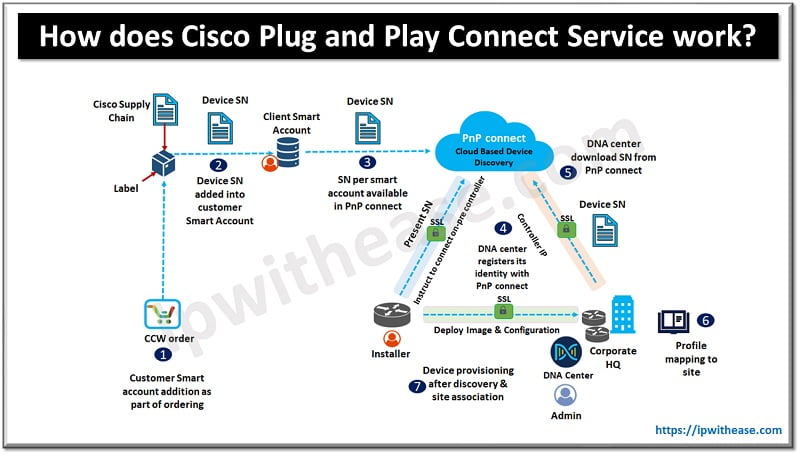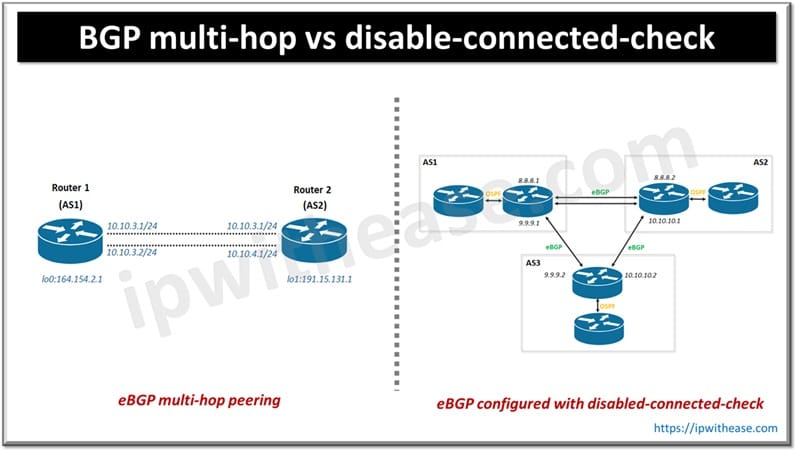
Layer 3 Switch vs Router
In the OSI model, we learnt that Switches belong to Layer 2 while Routers belong to Layer 3. Switches are understood to be forward traffic based on MAC address while Routers perform the forwarding based on IP address. ]
However, Layer 3 Switch is another term which tends to make networking beginners puzzled. 1st Question that comes into mind – What is Layer 3 Switch all about and how is it different from Router?
A Layer 3 switch is both a Switch and a Router. We can call it a router with multiple Ethernet ports and has a switching functionality.
It switches packets by checking both their IP addresses and their MAC addresses. Layer 3 switches thus separate ports into virtual LANs (VLANs) and perform the routing between them in addition to supporting routing protocols such as RIP, OSPF and EIGRP. Another name for Layer 3 Switch is “Multilayer Switch”.
From 1st look, it may seem that L3 Switch vs Router performs the same functionality, however, deep inspection of both the terms will open some key distinction facts.
For more information on the difference in Layer 3 Switch or L3 Switch & Router lets understand through this comparison table.
Layer 3 Switch vs Router –
| ATTRIBUTE | LAYER 3 SWITCH | ROUTER |
|---|---|---|
| Scope | LAN for Office, Data Center or Campus environment | WAN for Office, Data Center or Campus environment |
| Key Functionality | Routes across different subnets or VLANS on a campus LAN | Routes across different networks across WAN are communicated and Routed by a Router |
| MPLS and VPN Services | Does not support MPLS and VPN services | Router provides MPLS and VPN services like PPP etc. |
| Edge Technologies Support | Not supported. | NAT, firewalling, tunneling, IPSec |
| Size of Routing Table | Smaller Routing table compared to Router | Considerably bigger to support multiple Route entries. |
| Forwarding Decision | Forwarding is performed by specialized ASICs | Performed by Software |
| Example Of Routers | Cisco 3650, 3560 and 6500 Series are examples of Layer 3 Switches. | Cisco 3900 , 4000 Series ISR Routers |
| Interface Support | As general case L3 Switches support Ethernet ports (Copper and Fiber). Does not support SONET, OC-N, T-1/T-3 | Support Ethernet ports (Fiber and Copper). Also support interfaces like SONT,OC-N, T1/T3 etc. |
| Throughout | High Throughput | Lower than Layer 3 Switches |
| Switching Capacity | High Switching Capacity | Lower than Layer 3 Switches |
| Cost | Low Cost | High Cost |
| Port Density | High | Low |
Download the difference table here.
Key Difference Summary –
So let’s summarise, some key difference between Layer 3 Switch and Router –
- Cost— Layer 3 switches are much more cost-effective than routers for delivering high-speed inter-VLAN routing. High-performance routers are typically much more expensive than Layer 3 switches.
- Port density— Layer 3 switches, have much higher port count while Routers have a lower port density than Layer 3 Switches.
- Flexibility— Layer 3 switches allow you to mix and match Layer 2 and Layer 3 switching, meaning you can configure a Layer 3 switch to operate as a normal Layer 2 switch or enable Layer 3 switching as required.
- WAN technologies support – Layer 3 Switch is limited to usage over LAN environment where Inter VLAN routing can be performed, however, when it comes to working on WAN and edge technologies Layer 3 Switch lags behind.
The router is the front runner in such a scenario where WAN technologies such as Frame Relay or ATM need to be fostered. - Hardware/Software decision making – The key difference between Layer 3 switches and routers lies in the hardware technology used to making forwarding decision.in the case of Layer 3 Switch specialized ASICs are used for forwarding decision while in case of Routers generally, it’s the software logic which it uses.
ABOUT THE AUTHOR

You can learn more about her on her linkedin profile – Rashmi Bhardwaj



